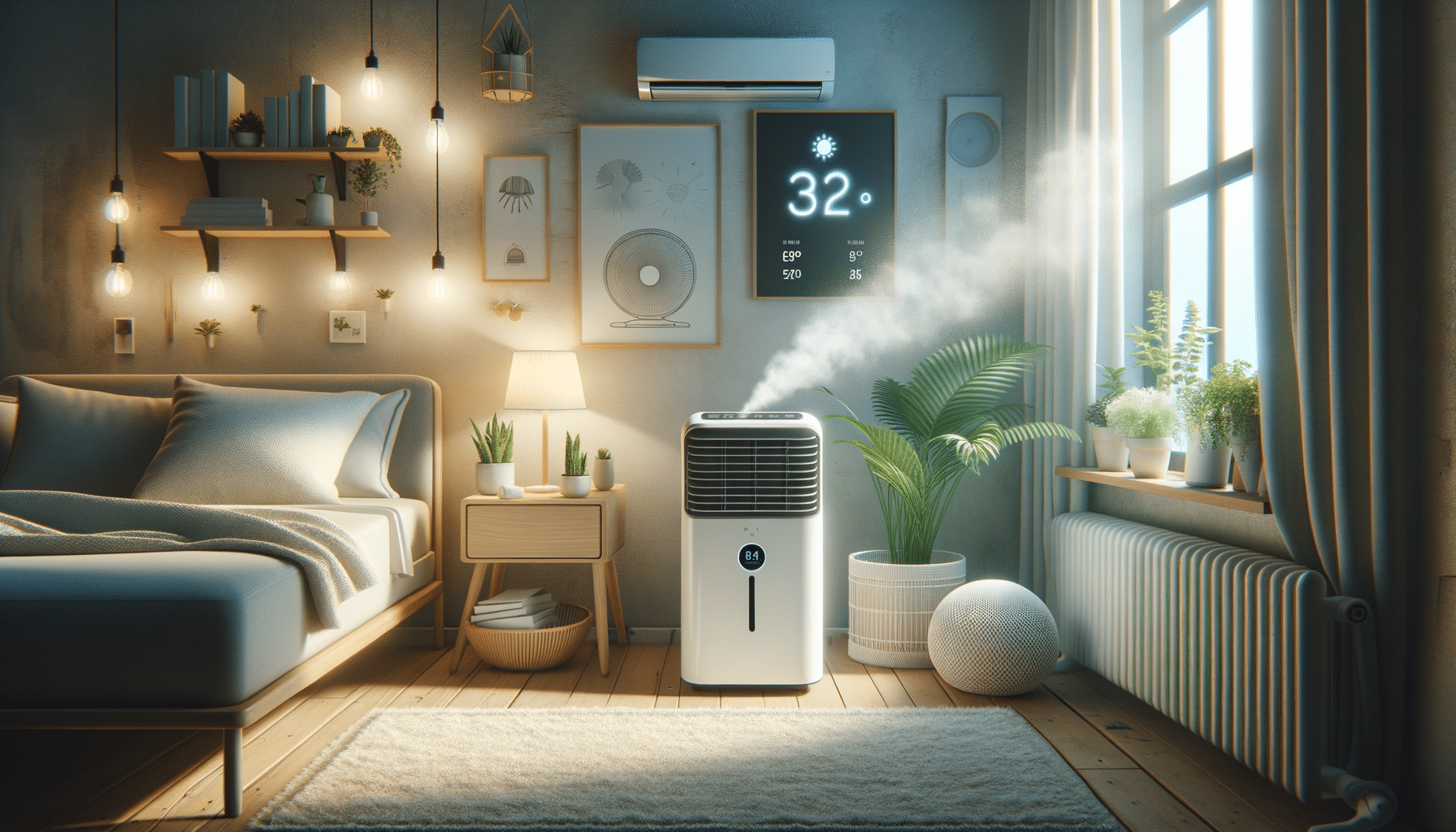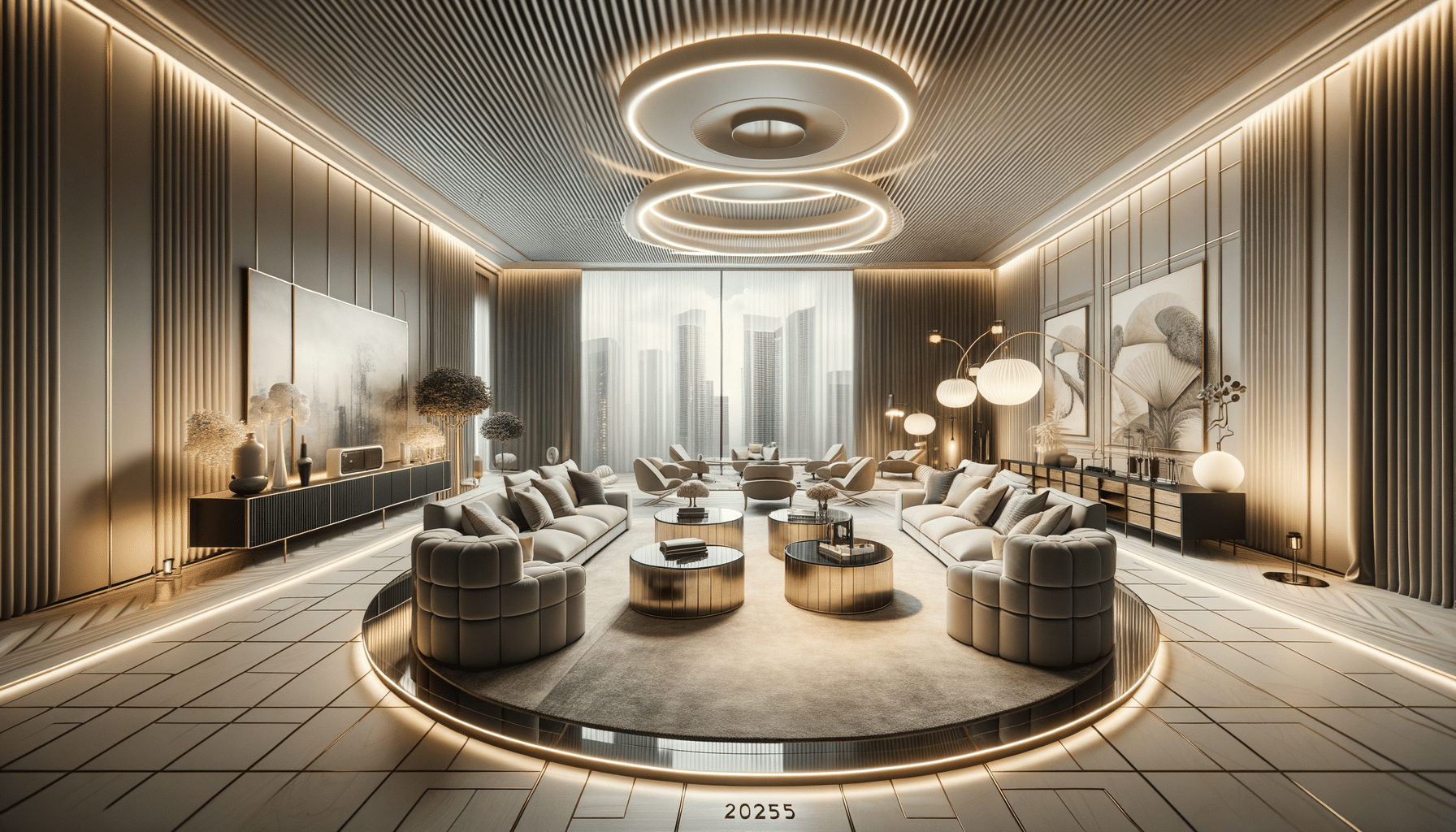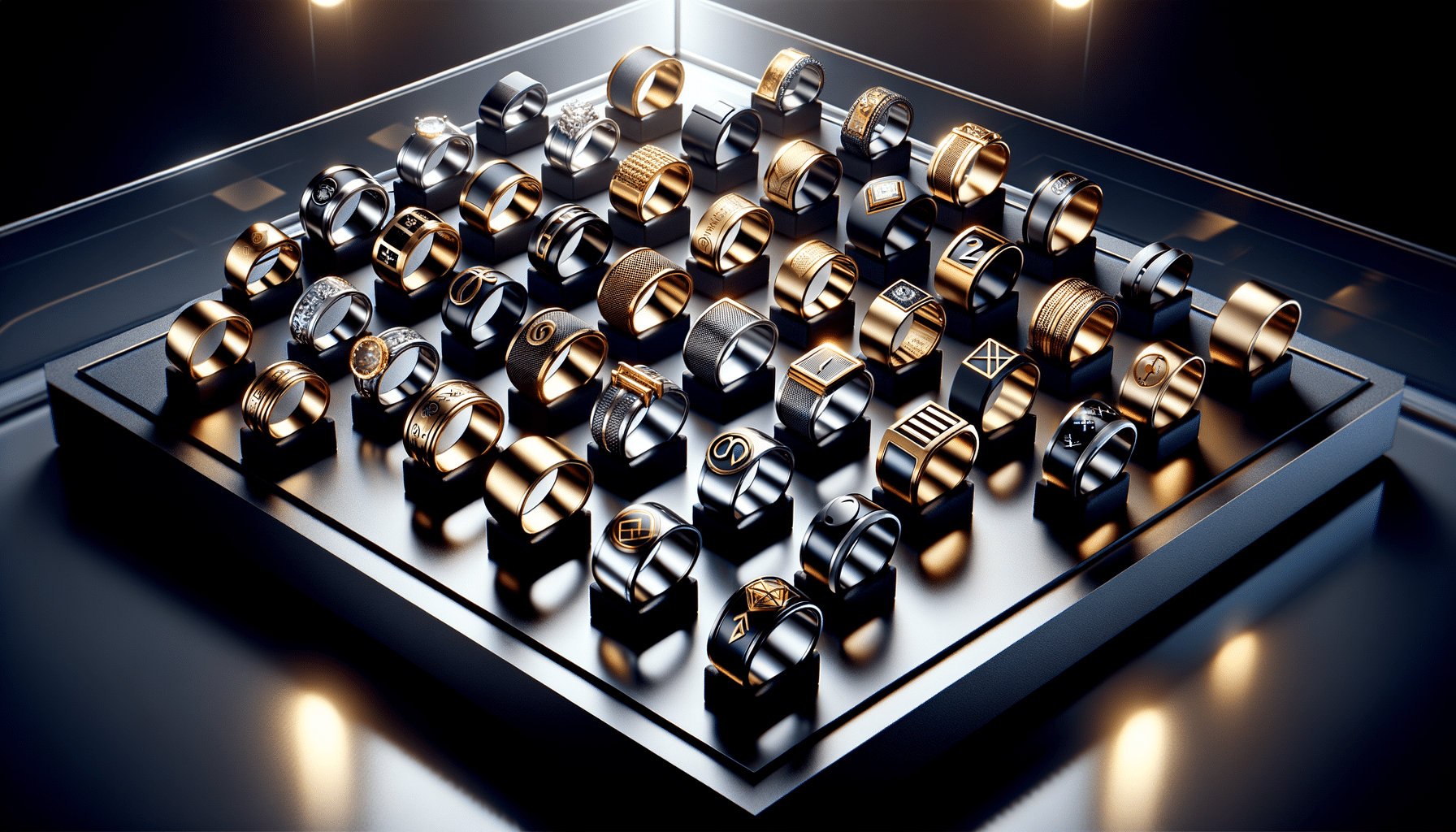
Explore Effective Portable Air Conditioners for Small Apartments
Introduction: The Need for Portable Air Conditioners in Small Apartments
Living in a small apartment often comes with its unique set of challenges, especially when it comes to maintaining a comfortable indoor climate. With limited space and often no central air conditioning, residents must find alternative solutions to beat the summer heat. Portable air conditioners have emerged as a practical and efficient option for many. These devices offer flexibility, ease of installation, and effective cooling, making them an attractive choice for small spaces. In this article, we will explore the benefits and considerations of using portable air conditioners in small apartments, helping you make an informed decision.
Understanding Portable Air Conditioners
Portable air conditioners are self-contained units that can be easily moved from room to room, providing a convenient cooling solution for small apartments. Unlike traditional window units, they do not require permanent installation and can be set up with minimal effort. These units work by drawing in warm air, cooling it through a refrigeration cycle, and then expelling the cooled air back into the room while venting the warm air outside through a hose.
Key features of portable air conditioners include:
- Mobility: Equipped with wheels, they can be moved with ease.
- Simple Setup: Most models come with a window kit for easy venting.
- Compact Design: Ideal for small spaces where a window unit might not fit.
However, it’s essential to consider factors such as noise levels, energy efficiency, and cooling capacity (measured in BTUs) when selecting a portable air conditioner to ensure it meets your specific needs.
Benefits of Portable Air Conditioners for Small Apartments
Portable air conditioners offer several advantages that make them suitable for small apartments. One of the primary benefits is their flexibility. Since they are not permanently installed, they can be moved to different rooms as needed, ensuring that you can cool specific areas based on your preferences.
Additionally, portable air conditioners are generally more energy-efficient than central air systems, which can be a significant advantage in smaller living spaces. By cooling only the rooms you are using, you can reduce energy consumption and potentially lower your utility bills. Furthermore, these units are often more affordable than installing a central air system or multiple window units.
Another benefit is the ease of installation. With no need for complex wiring or structural changes, setting up a portable air conditioner is straightforward, making it an excellent choice for renters who may not have the option to install permanent fixtures.
Choosing the Right Portable Air Conditioner
When selecting a portable air conditioner for your small apartment, several factors should be considered to ensure optimal performance. First, assess the size of the room you need to cool. Portable air conditioners come with varying BTU ratings, which indicate the unit’s cooling capacity. Choosing a model with the appropriate BTU rating for your room size is crucial for efficient cooling.
Consider the energy efficiency of the unit as well. Look for models with an Energy Efficiency Ratio (EER) rating, which indicates the unit’s energy consumption relative to its cooling output. A higher EER rating means the unit is more energy-efficient, helping you save on electricity costs.
Noise level is another critical factor, especially in small apartments where space is limited. Opt for a model with a lower decibel rating if you are sensitive to noise or plan to use the unit in a bedroom.
Maintenance and Care for Longevity
Proper maintenance is essential to ensure the longevity and efficiency of your portable air conditioner. Regular cleaning of the filters is necessary to maintain optimal airflow and cooling performance. Most units come with washable filters, making this task straightforward. Simply remove the filter, rinse it under water, and allow it to dry completely before reinserting it.
It’s also important to check the exhaust hose and window kit for any blockages or obstructions that could affect the unit’s performance. Ensure that the venting system is securely attached and free from kinks or bends that might restrict airflow.
In addition to routine cleaning, it’s advisable to perform a more thorough inspection at the end of each cooling season. This includes checking for any signs of wear or damage and ensuring that all components are functioning correctly. By following these maintenance tips, you can extend the life of your portable air conditioner and keep it running smoothly for years to come.


